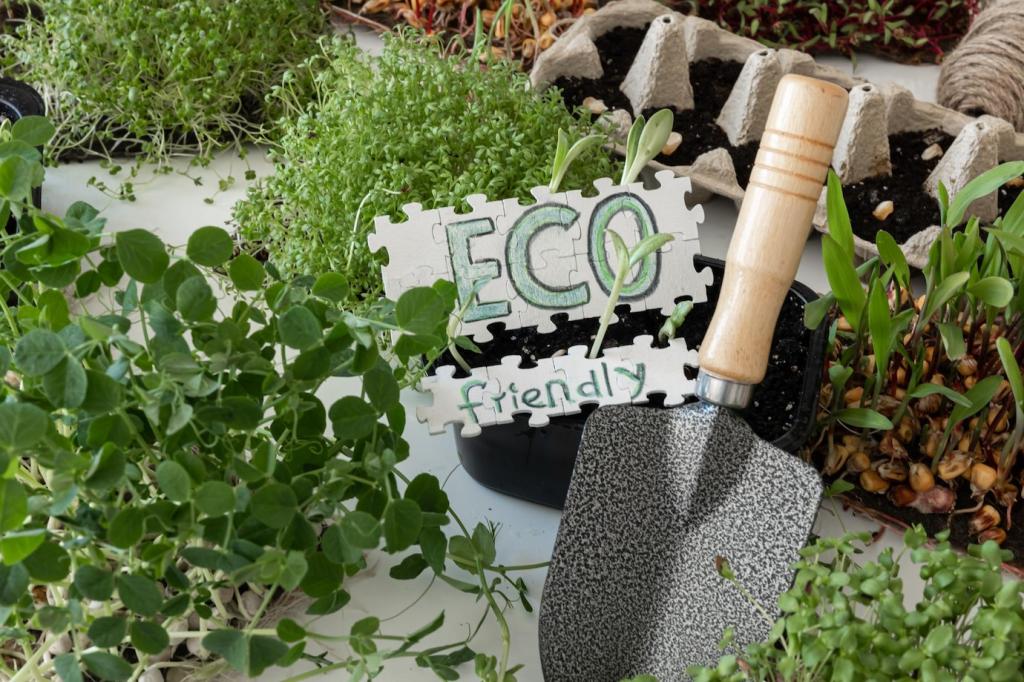This website uses cookies so that we can provide you with the best user experience possible. Cookie information is stored in your browser and performs functions such as recognising you when you return to our website and helping our team to understand which sections of the website you find most interesting and useful.
Water Conservation Techniques in Landscaping
Water conservation in landscaping is essential for promoting sustainability, reducing utility costs, and preserving natural resources. As water scarcity becomes a growing concern, adopting efficient landscaping practices plays a crucial role in maintaining beautiful outdoor spaces without excessive water use. Understanding and implementing water-saving techniques helps homeowners, businesses, and communities to create resilient, eco-friendly landscapes while meeting environmental responsibilities. This comprehensive guide explores tried-and-true strategies for reducing water consumption in landscaping projects, from choosing drought-tolerant plants to optimizing irrigation methods and designing landscapes that work in harmony with the local climate.

Smart Plant Selection for Water Efficiency

Efficient Irrigation Practices


